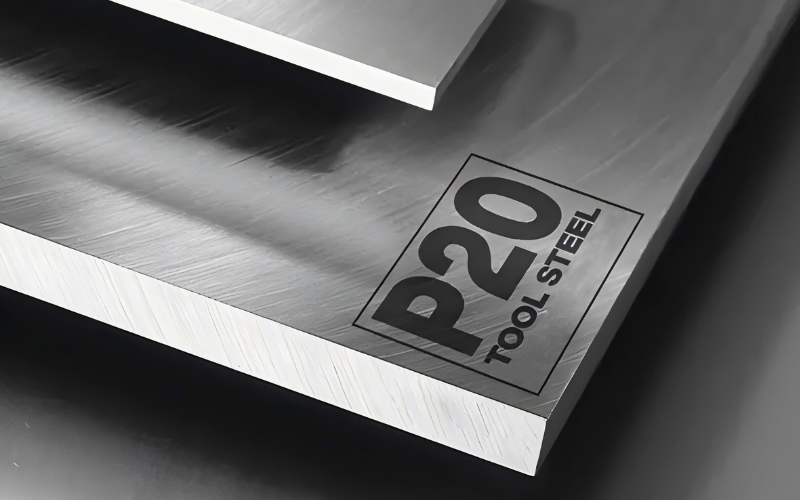At RAPIDMFG, the process of mold making is a combination of advanced technology, precision engineering, and a commitment to delivering high-quality molds tailored to client requirements. Below is a step-by-step breakdown of how we manufacture molds:
1.Design and Engineering
Customer Input: We start by gathering detailed specifications, including CAD files, product dimensions, material requirements, and tolerances.
DFM Analysis: Our engineers perform a Design for Manufacturability (DFM) analysis to optimize the part and mold design for efficient production.
Mold Design: Using advanced CAD/CAM software, we create the 3D mold designs, including cavities, cores, cooling channels, gates, and ejector systems.
Simulation: Mold flow analysis is conducted to predict material flow, reduce potential defects, and ensure uniform cooling and filling.
2.Material Selection
We choose high-quality materials for the mold base and components to ensure durability and precision:
- P20 Steel: Ideal for standard production molds.
- H13 Steel: High hardness and wear resistance, suitable for high-volume production.
- Stainless Steel: Used for molds requiring corrosion resistance, such as medical or food-grade applications.
3.Machining the Mold Components
- CNC Machining: Precise CNC machines shape the mold cavity, core, and other components, ensuring tight tolerances and exact dimensions.
- EDM (Electrical Discharge Machining): For intricate features and complex geometries, EDM technology is used to achieve unparalleled detail.
- Grinding and Polishing: Surfaces are ground and polished to achieve the desired finish, whether it’s a high-gloss polish or a textured surface.
4.Assembly of Mold Components
- Fitting and Alignment: The cavity, core, ejector pins, and other components are assembled with precise alignment to ensure perfect parting lines and functionality.
- Cooling and Ejection System Integration: Cooling channels and ejector pins are carefully installed to ensure proper cooling and efficient part removal during injection molding.
5.Mold Testing and Validation
- Trial Runs: The completed mold undergoes a series of trial runs using the specified material to validate its performance.
- Inspection: We inspect the molded parts for dimensional accuracy, surface quality, and functionality to ensure they meet the design specifications.
- Adjustments: If necessary, adjustments are made to optimize the mold’s performance and eliminate any defects.

